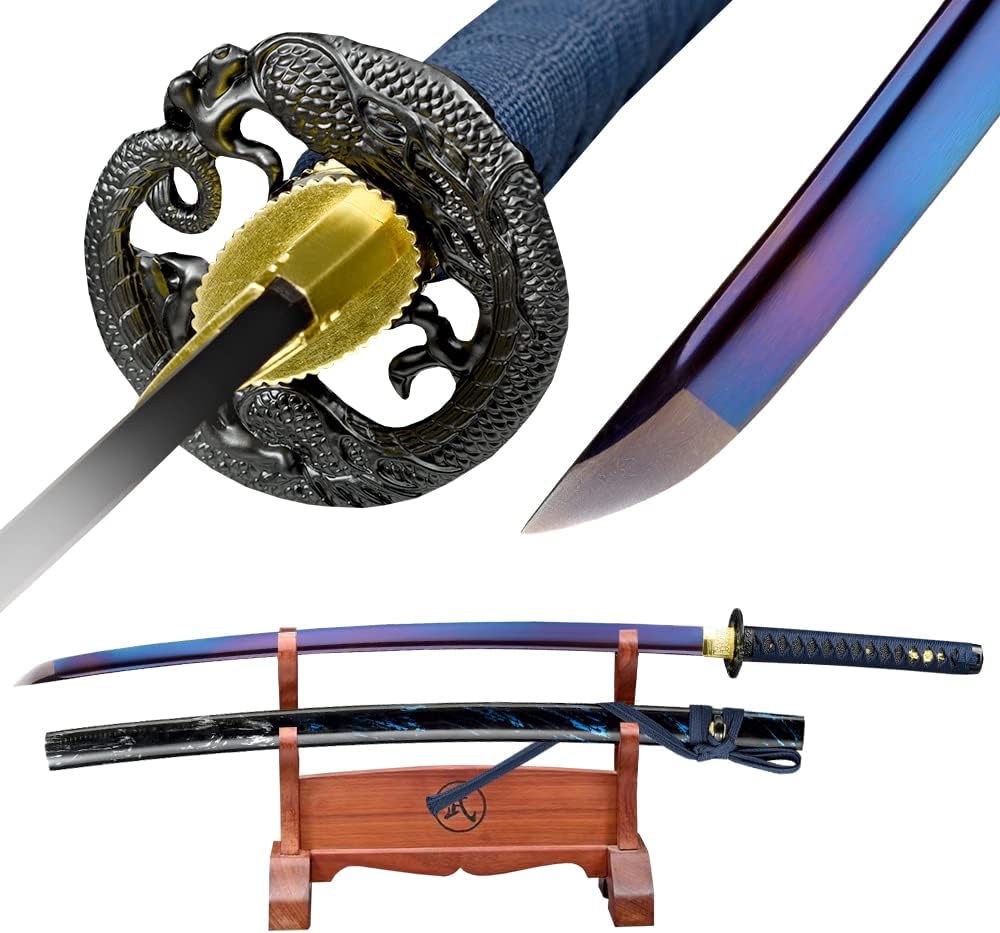The art of forging Japanese swords, known as nihonto or the way of the sword, is a time-honoured tradition that has been practiced for centuries by master craftsmen known as swordsmiths. This ancient craft, steeped in history and tradition, involves a meticulous process of heating, folding, hammering, and polishing to create blades of unparalleled beauty and sharpness. Let’s delve into the master craftsmanship behind the art of forging japanese sword and reveal the secrets of this revered tradition. The process of forging a Japanese sword begins with the selection of high-quality steel, traditionally sourced from iron sand and charcoal.
This raw material, known as tamahagane, is smelted in a charcoal-fueled furnace using ancient techniques passed down through generations of swordsmiths. The smelting process is carefully controlled to produce steel with the perfect balance of carbon content, which is essential for creating a blade with superior strength and sharpness. Once the tamahagane has been smelted, it is folded and hammered repeatedly to remove impurities and create layers of steel. This folding process, known as hizukuri, results in a blade with a distinctive wood-grain pattern, known as hada, which is prized for its beauty and strength. The number of folds and the skill of the swordsmith contribute to the quality and appearance of the finished blade. After folding, the blade is shaped and tempered through a process known as heat treatment.

This involves heating the blade to high temperatures and then rapidly cooling it to achieve the desired hardness and flexibility. The precise control of temperature and timing is crucial to ensure that the blade achieves the perfect balance of strength and resilience. Once tempered, the blade undergoes a series of polishing and sharpening processes to refine its shape and edge. This meticulous hand-polishing, known as togishi, can take weeks or even months to complete and is done with increasingly fine-grit stones to achieve a mirror-like finish and razor-sharp edge. The polishing process not only enhances the blade’s appearance but also improves its cutting ability and durability.
In addition to the blade, the hilt and fittings of the japanese sword are also crafted with care and precision. Made from materials such as wood, ray skin, and silk cord, the hilt is carefully fitted to the blade and wrapped in a traditional style known as tsukamaki. The fittings, including the handguard (tsuba) and pommel (kashira), are often elaborately decorated with intricate designs and motifs, reflecting the tastes and preferences of the sword’s owner. The art of forging Japanese swords is a testament to the skill, dedication, and craftsmanship of master swordsmiths. From the selection of materials to the folding, shaping, and polishing of the blade, every step in the sword-making process is done with precision and reverence for the craft. The result is a masterpiece of beauty and functionality, a true testament to the master craftsmanship behind the art of forging Japanese swords.
